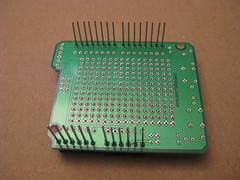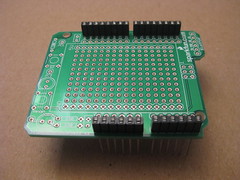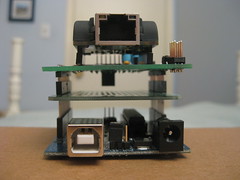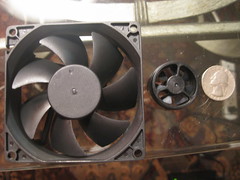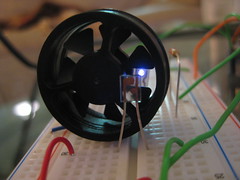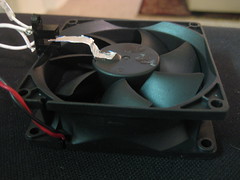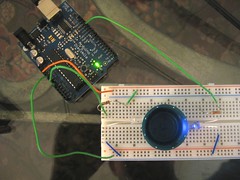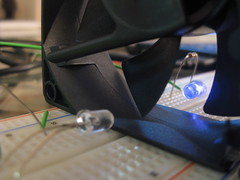Saturday, January 10, 2009
1:00pm
Machine Project
1200 D North Alvarado Street
Los Angeles, CA 90026
Presenters will include:
Deborah Aschheim
http://www.deborahaschheim.com/
Deborah Aschheim creates works that blur biology and technology, exploring concepts of memory, architecture, and neural networks through drawings, sculpture, writing, installation and sounds.
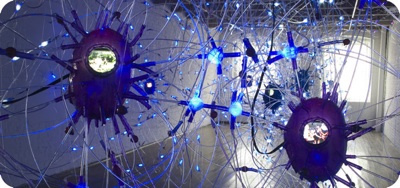
Brian Evans
http://www.bwevans.net/
Brian Evans explores the intersection between reductivist sculptural form and the aesthetics of behavior, where structure and thought are fused. He creates simple moving objects with seemingly life-like qualities - electromechanical life forms with motivations only just beyon our understanding.

David Guttman
http://www.davidguttman.com
David Guttman creates interactive works that generate unique colors and shapes from sound and EEG.

